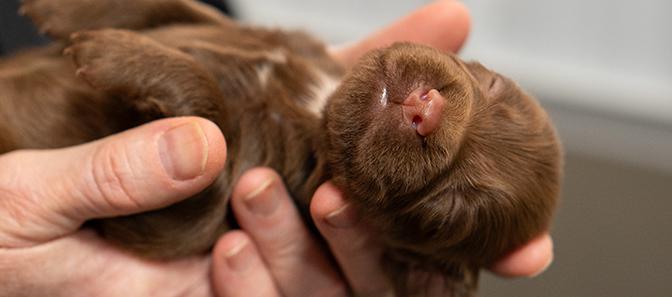Learning Hub
Our extensive article library is always growing. Explore everything from breed-specific health and hereditary information to the best practices in breeding, kennel management, conditioning, and more.
Featured Content
Image

Ask a Vet Series
Image

Good Dog Breeder Webinars
Latest Articles
Explore our most recently published content.
Image

Puppy Resources
Prepare new puppy owners with everything they need to do, learn and acquire to enable a puppy’s smooth transition into their new home.







